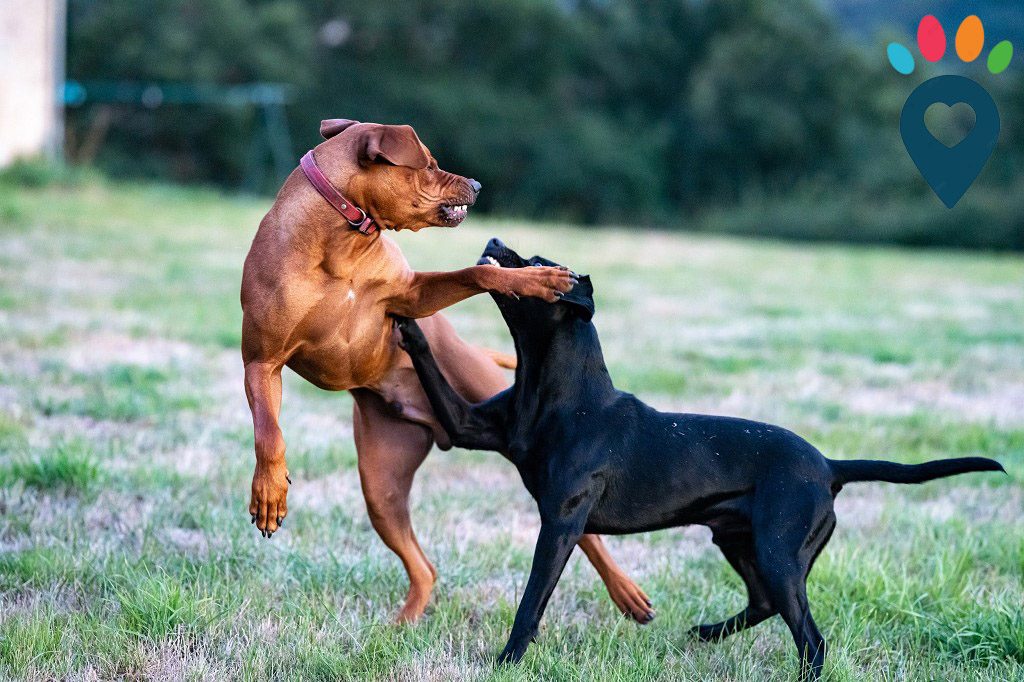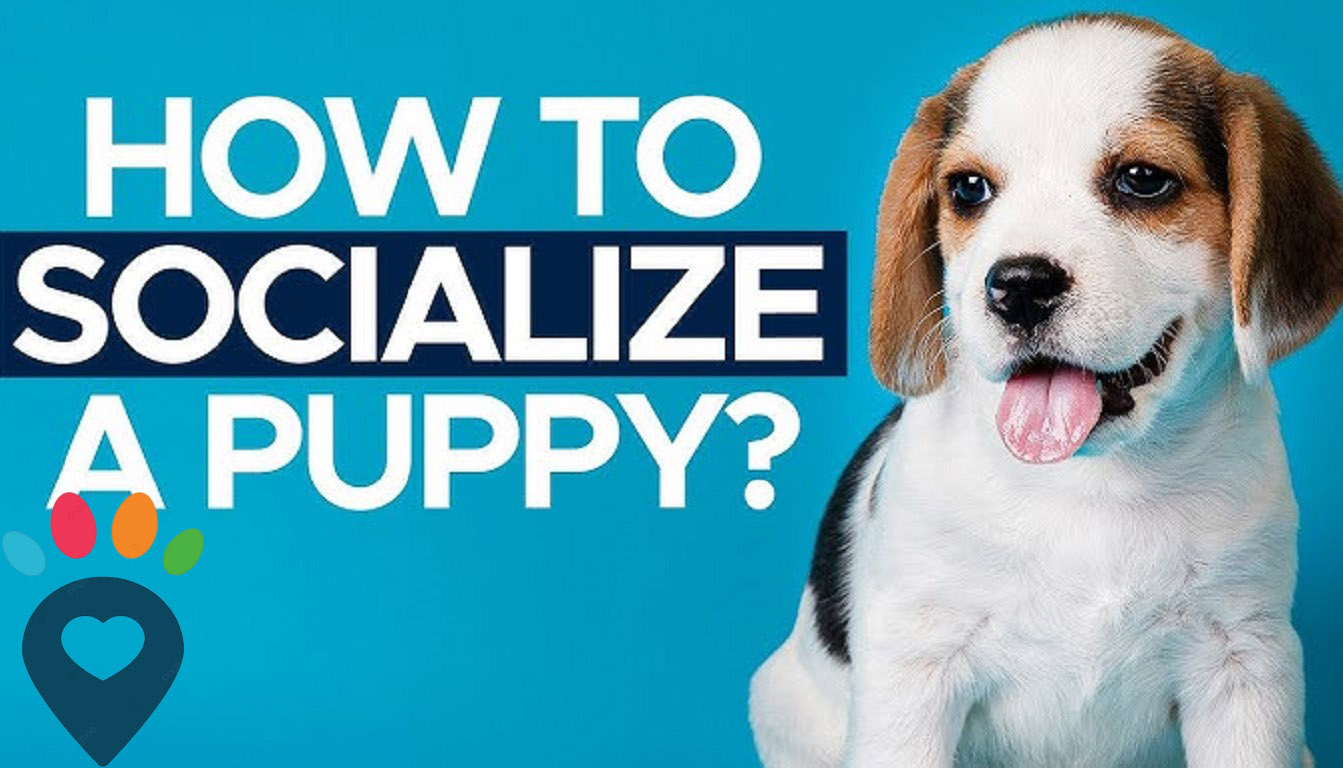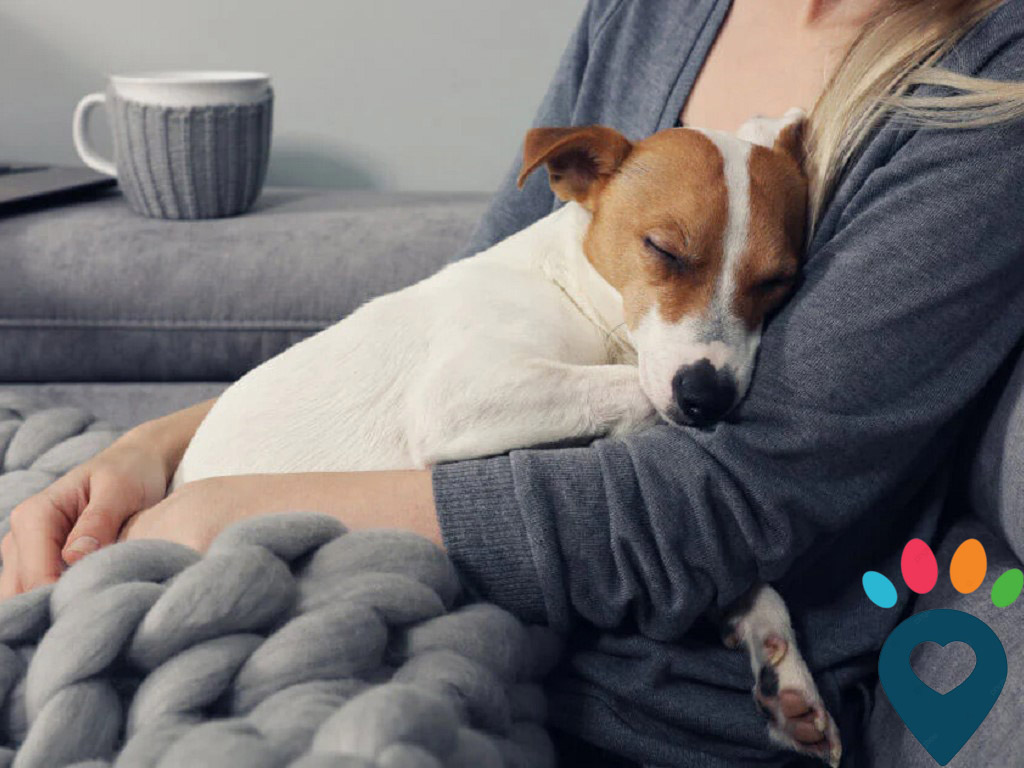
Top 10 Socialization Activities Every Dog Owner Should Try
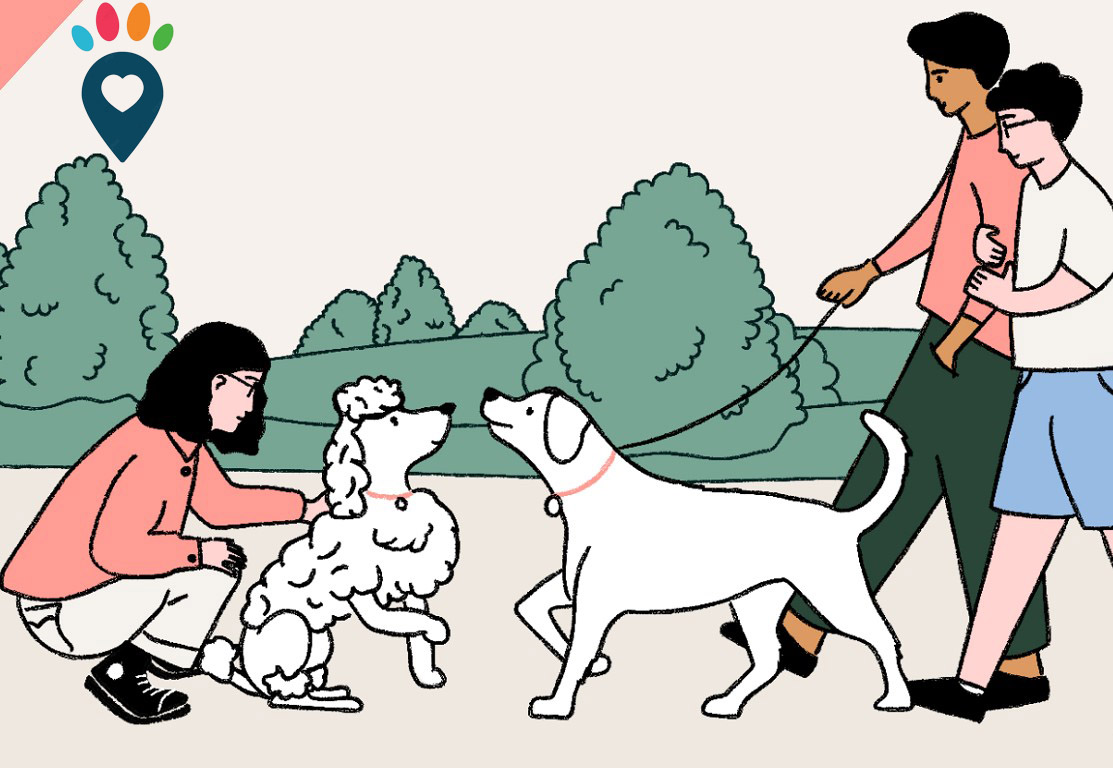
Dogs are inherently social animals with a natural need for interaction. A lack of socialization may make your dog feel lonely and isolated, which leads to negative emotions such as anxiety and depression, and may result in abnormal behaviors such as excessive barking, destroying items, or inappropriate urination. However, socialization can allow your dog to interact with other dogs and human beings, which can help them build confidence, reduce fear and anxiety, prevent aggression, improve training and focus, and strengthen human-dog bond. Here are top 10 socialization activities every dog owner should try to keep their dog’s mental and physical health.
1.Puppy Playdates
When it comes to developing a dog’s healthy social skills, puppy playdates are one of the most effective and enjoyable ways. By letting your dog interact with other friendly and vaccinated puppies in a safe enviroment, they can learn how to read social cues, and communicate appropriately with others.
Playdates help your puppy practice important behaviors like bite inhibition, interpreting body language, and matching energy levels. Additionally, they can also reduce your dog’s likelihood of developing fear or aggression to other dogs in future life.

2.Walks in Different Environments
The simplest but most effective way to socialize your dog is to take them on walks in different environments. New surroundings expose your dog to unfamiliar sights, sounds, smells, and people—each of which offer your dog a chance to practice calm and confident behavior when facing new novelties.
Urban streets, quiet parks, busy trails, markets, and playground areas all provide your dog unique sensory experiences and social opportunities. These diverse environments can help your dog learn how to adapt to changes, ignore distractions, and keep focused under different conditions.
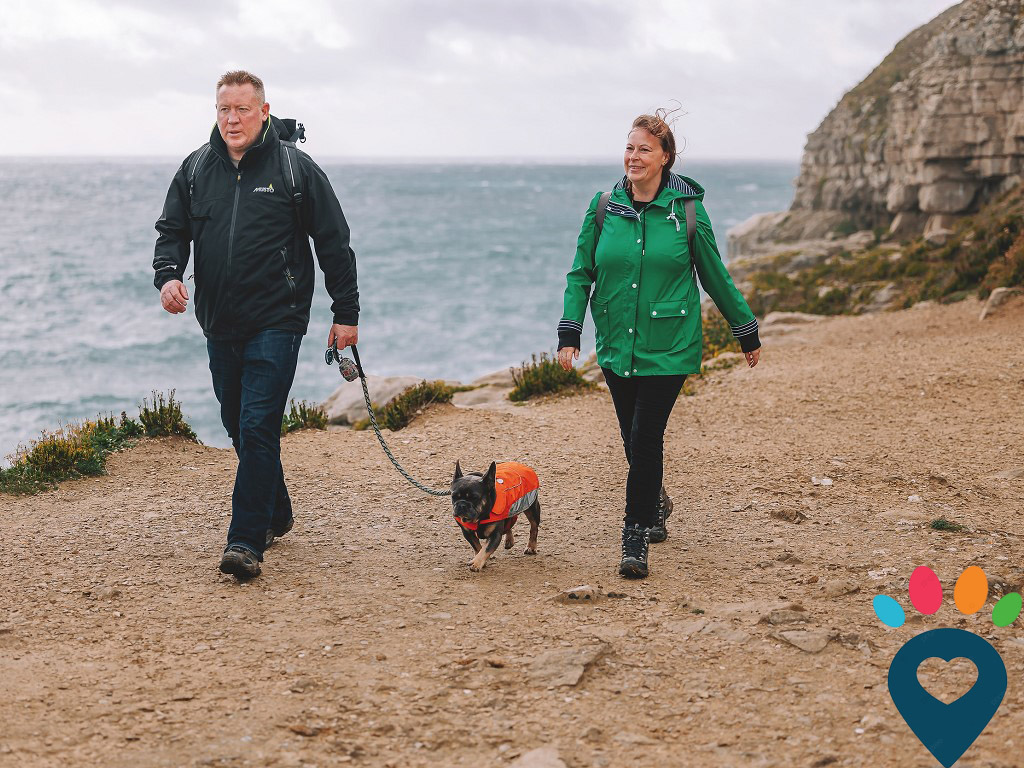
3.Meeting Different People
Regular introducing your dog to individuals of different ages, appearances, voices, and movement styles, such as children, adults, seniors, people in uniforms, or thoes using sheelchairs or bikes, your dog learns that humans come in many forms and are not a threat.
Meeting different people can help your dog prevent fear-based reactions, anxiety, or aggression toward unfamiliar people later in life.
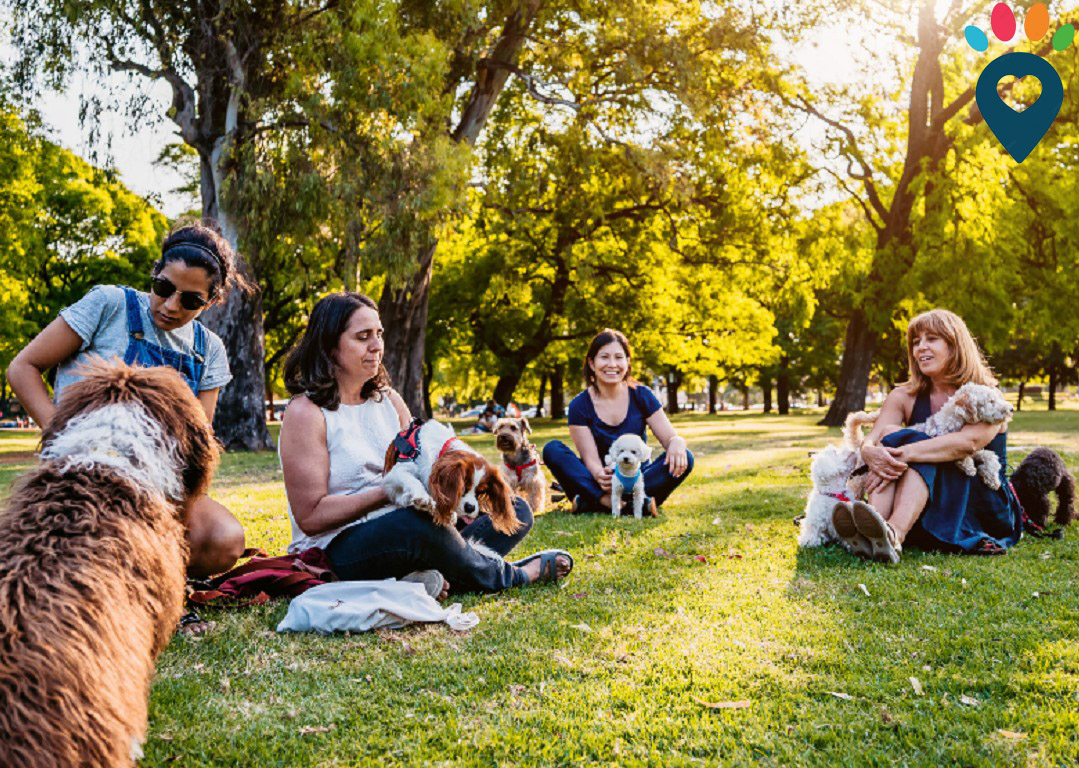
4.Visits to Dog-Friendly Stores
Taking your dog to dog-friendly stores is an good opportunity to practice socialization in a controlled, indoor public setting. Visiting these stores allow your dog to meet unfamiliar people, other dogs, shopping carts, automatic doors, and new scents, while all of this needs to be done a leash and under your supervision.
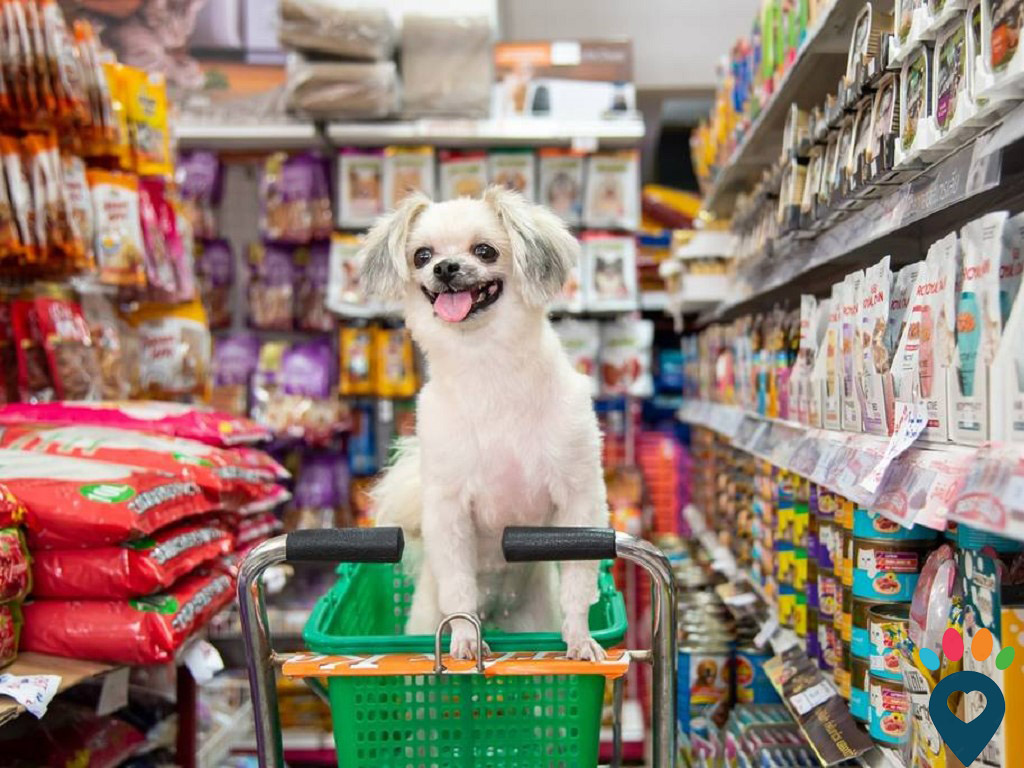
5.Positive Exposure to Noises
Positive noise exposure refers to help your dog become comfortable with a variety of everyday sounds. Sudden or unfamiliar noises, such as fireworks, thunder, traffic, or doorbells, can cause anxiety or fear-based reactions if your dog is not gradually and positively exposed to them early on.
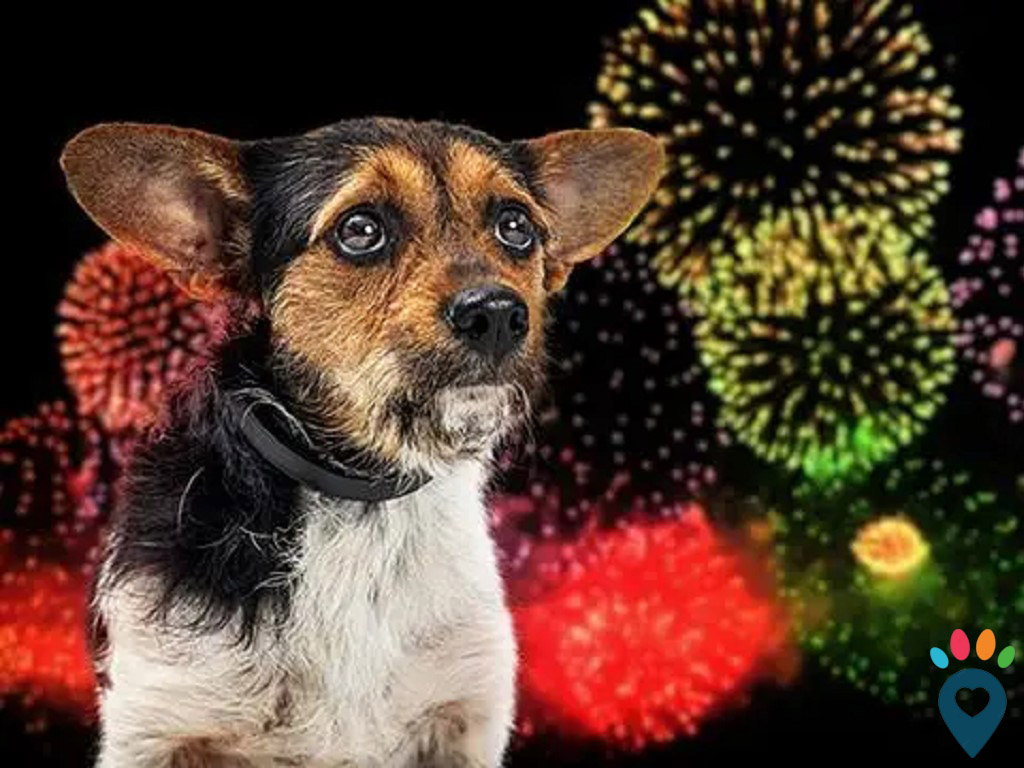
6.Group Training Classes
Group training classes refer to structured sessions where your dog and other dogs come together to learn basic obedience and behavior skills under the supervision of a profession dog trainer. In these classes, your dog not only encounters different dogs and people, but also learns how to foucus, follow commands, and remain calm in stimulating enviroments.
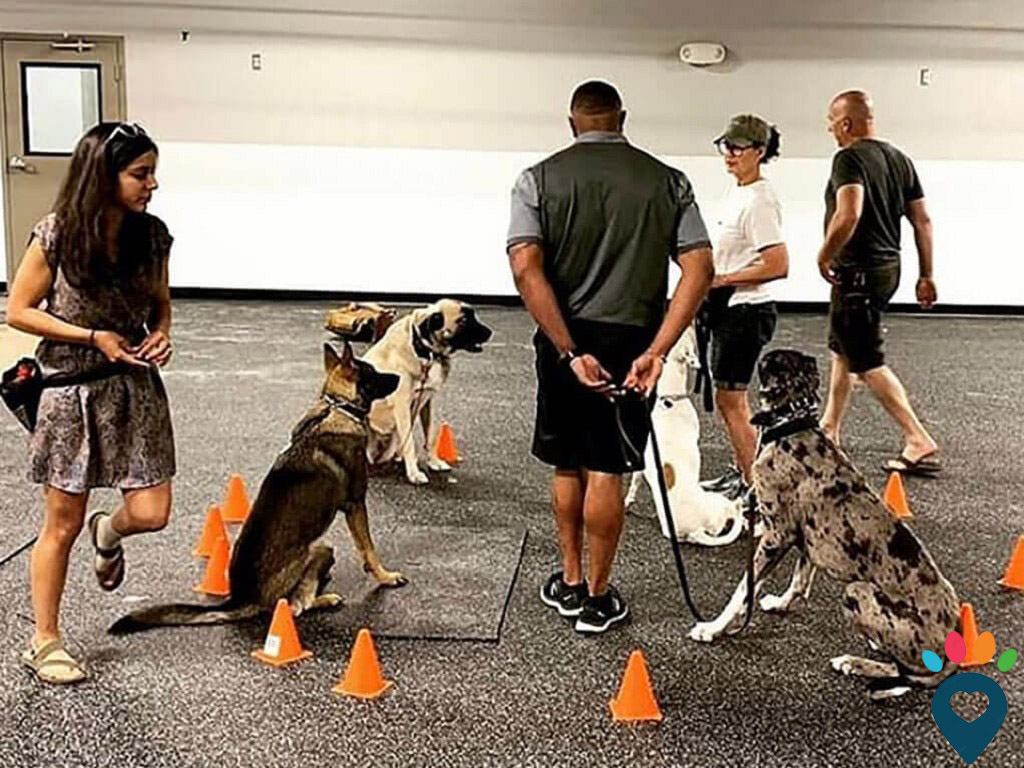
7.Car Rides & Vet Visits
Car rides help your dog adapt to motion, engine sounds, and changing surroundings. You can start with short car rides, such as going to nearby park or dog-friendly stores.
Vet visit is a nervous activity for most dogs, while it is crucial to normalize. If your dog learns that touching by strangers or being in a clinic doesn’t always lead to pain or fear, they will reduce anxiety or resistance during medical exams.
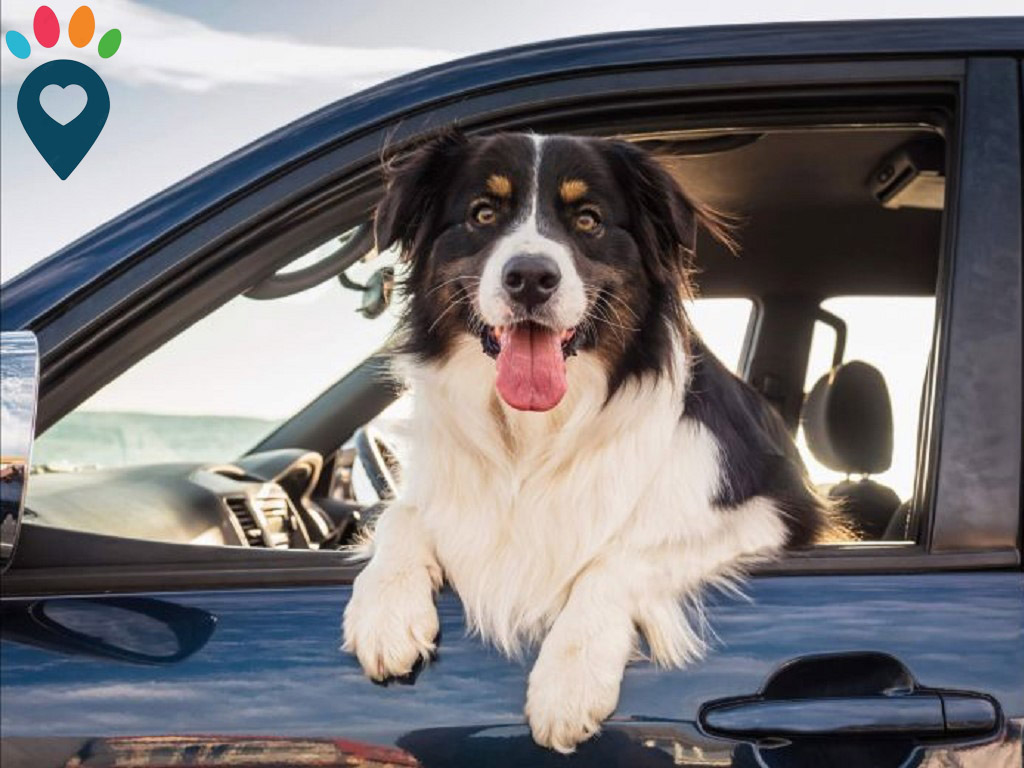
8.Socialization Through Scent
As we all know, dogs are very sensitive to scent, and they experience the world primarily through their noses. Therefore, new smells is a powerful form of socialization. By sniffing objects, people, animals, and environments, your dog can get important information that help them feel safe and confident in unfamilliar situations.
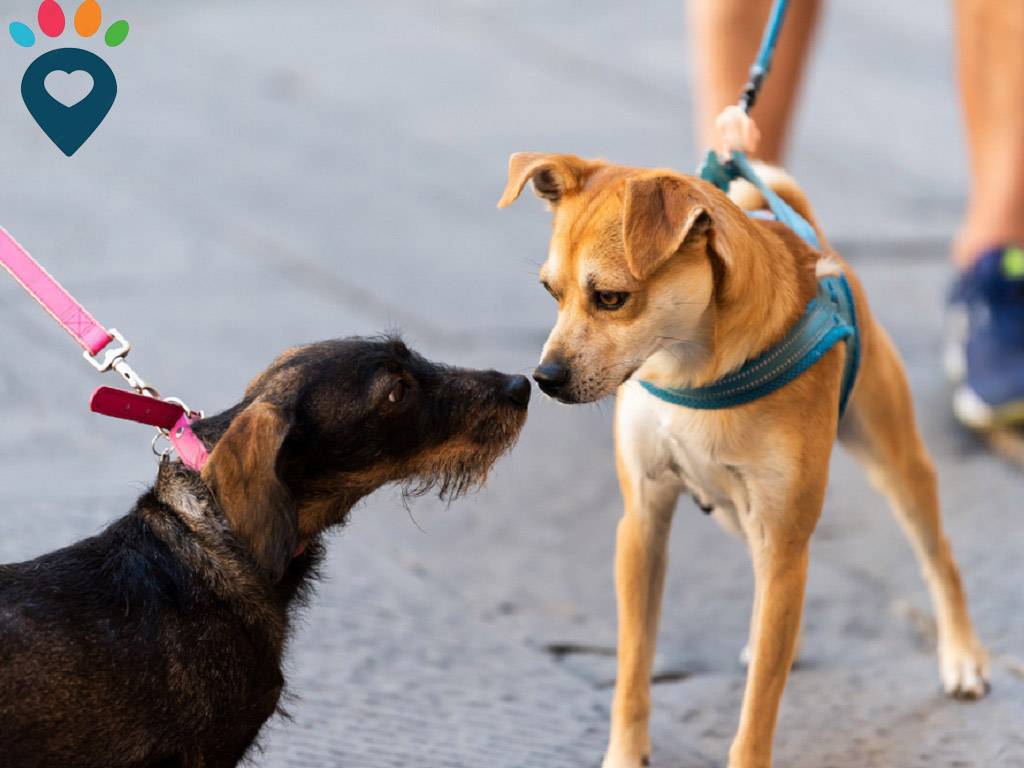
9.Doggy Daycare or Boarding Trials
In order to make your dog get well socialization, introducing them to doggy dacare or boarding trials is also a good choice. In daycare, your dog will be grouped based on size, temperament, and play style, hich ensures safe and positive interactions.
Boarding trials are short stays at a pet boarding facility or kennel that help your dog gradually adjust to being away from home before a longer boarding period is required. Boarding trials can help your dog ease separation anxiety and building confidence in new settings in advance.
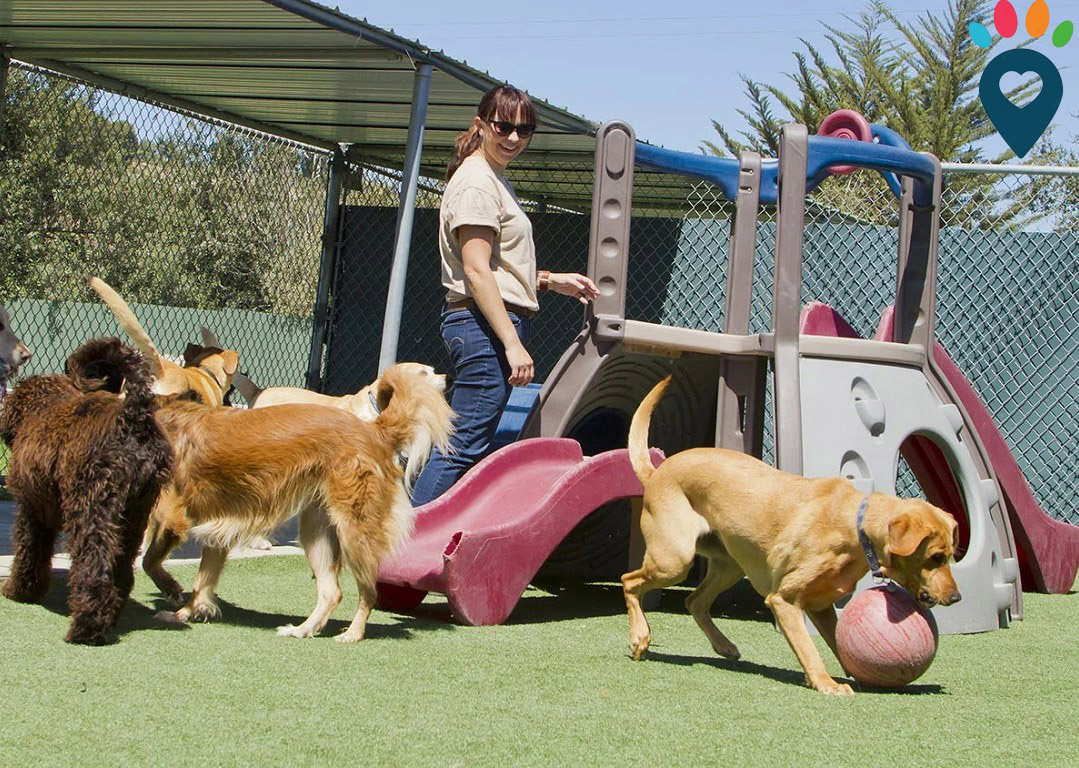
10.Structured Outdoor Events
Structured outdoor events are organized gatherings or activities held outdoors, such as dog festivals, charity walks, agility competitions, or adoption fairs. These activities are usually better organized and often have clear guidelines, designated spaces, and on-site supervision. Your dog can socialize at their own pace while remaining under control during these events.
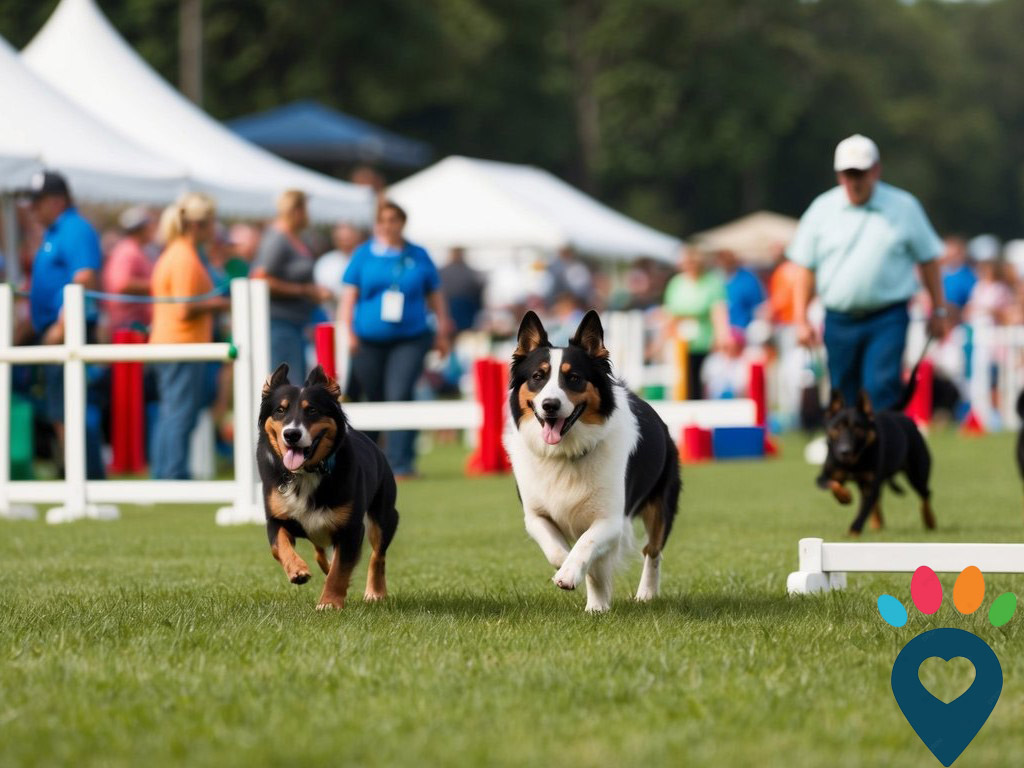
Socialization is crucial for every dog, it can help your dog become confident, well-behaved, and adaptable in various situations. This article outlines top 10 socialization activities provide valuable opportunities for your dog to learn, grow, and bond with you. Whether it's through puppy playdates, structured training classes, or simple car rides, each experience helps shape a dog’s social skills and emotional resilience.
